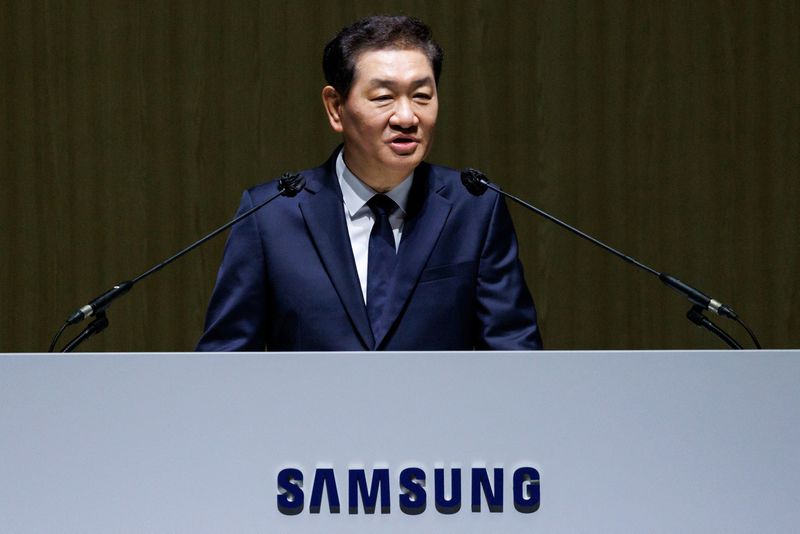U.S. Personal Spending Sees Sharpest Drop Since COVID, Raising Economic Slowdown Concerns
 |
| Inflation Eases, but Consumer Spending Decline Signals Trouble |
The U.S. economy is facing fresh challenges as personal consumption expenditures (PCE) data for January 2025 reveals a troubling trend: the largest decline in real consumer spending in four years. According to the U.S. Department of Commerce, the PCE price index, a key inflation measure tracked closely by the Federal Reserve (Fed), rose 2.5% year-over-year in January, aligning squarely with market expectations for U.S. inflation rates in early 2025. This marks a slowdown from the 2.6% recorded in December 2024, offering some relief after months of creeping price pressures that had stoked fears of persistent inflation. The core PCE price index, which excludes volatile energy and food prices, also eased to 2.6% from 2.9% the prior month, hitting its lowest growth rate since June 2024. Bloomberg hailed the report as a "reversal of rising price trends," suggesting that U.S. inflation concerns for 2025 might finally be subsiding, potentially paving the way for the Fed to consider lowering interest rates sooner than anticipated.
However, the silver lining of cooling inflation is overshadowed by a stark drop in consumer spending, a cornerstone of the U.S. economy. Real consumer spending, adjusted for inflation, fell by 0.5% from the previous month, marking the steepest decline since the COVID-19 pandemic disrupted markets in February 2021, when it dropped 0.6%. Nominal PCE, unadjusted for inflation, also declined by 0.2% month-over-month, defying expert forecasts of a modest 0.1% uptick. This unexpected downturn in U.S. personal consumption expenditures in January 2025 has sparked widespread concern about an economic slowdown in the United States for 2025. The data paints a mixed picture: while inflation appears to be moderating, the sharp reduction in spending, particularly on durable goods like cars and appliances (down 3.0%), hints at weakening consumer confidence and purchasing power. Services spending, by contrast, edged up 0.3%, but it wasn't enough to offset the broader decline driven by a 1.2% drop in goods consumption.
The PCE price index serves as the Fed's preferred gauge for tracking U.S. inflation trends in 2025, unlike the more widely recognized Consumer Price Index (CPI). It measures what American households pay for goods and services, offering a comprehensive view of price changes across the economy. The Fed targets a 2% inflation rate, and January’s 2.5% PCE growth, though above that goal, suggests progress toward stabilization. The slowdown in core PCE growth to 2.6%, the smallest increase in seven months, further bolsters hopes that inflationary pressures are waning. Analysts note that this softening trend could encourage the Fed to accelerate its timeline for cutting interest rates in 2025, a move markets have eagerly anticipated as a means to stimulate economic activity. Yet, the simultaneous plunge in consumer spending complicates this outlook, raising questions about whether lower rates alone can revive an economy showing signs of fatigue.
Breaking down the spending data reveals the depth of the challenge. The 3.0% drop in durable goods purchases, items sensitive to economic cycles, signals that Americans may be tightening their belts amid uncertainty. This decline, the largest component of the 1.2% fall in goods spending, contrasts with modest gains in services, highlighting a shift in consumer behavior that could foreshadow a broader economic downturn in the U.S. for 2025. Historically, robust consumer spending has fueled America’s economic growth, accounting for roughly two-thirds of GDP. The January figures, however, suggest that this engine may be sputtering, with the steepest monthly drop in four years echoing the early pandemic period when lockdowns and fear crippled demand. Experts had projected a slight uptick in nominal PCE, making the 0.2% decrease a jolting departure from expectations and amplifying fears of a looming recession.
What does this mean for the Fed’s next steps? The easing of PCE inflation rates in January 2025 provides a cushion for policymakers, potentially allowing them to pivot toward rate cuts as early as mid-2025, with June emerging as a focal point in market speculation. Lower interest rates could reduce borrowing costs, spurring spending and investment to counteract the slowdown. However, the Fed must weigh this against the risk that declining consumer demand reflects deeper structural issues, such as stagnant wage growth, rising debt, or fallout from global trade tensions potentially exacerbated by policies under the Trump administration. The interplay between cooling inflation and faltering spending creates a delicate balancing act for the Fed as it navigates U.S. economic growth prospects in 2025.
For now, the January 2025 PCE report offers a dual narrative: relief from persistent inflation paired with alarm over a consumer spending slump. The 0.5% drop in real spending underscores vulnerabilities in an economy long reliant on household consumption, while the 2.5% PCE inflation rate keeps the Fed’s 2% target within sight. As markets digest this data, attention will shift to upcoming indicators jobs reports, retail sales, and consumer sentiment to determine whether this is a temporary stumble or the onset of a prolonged economic slowdown in the United States for 2025. With durable goods leading the retreat and services barely holding the line, the road ahead looks uncertain, and the Fed’s response could shape the trajectory of America’s economic recovery in the months to come.



Comments
Post a Comment